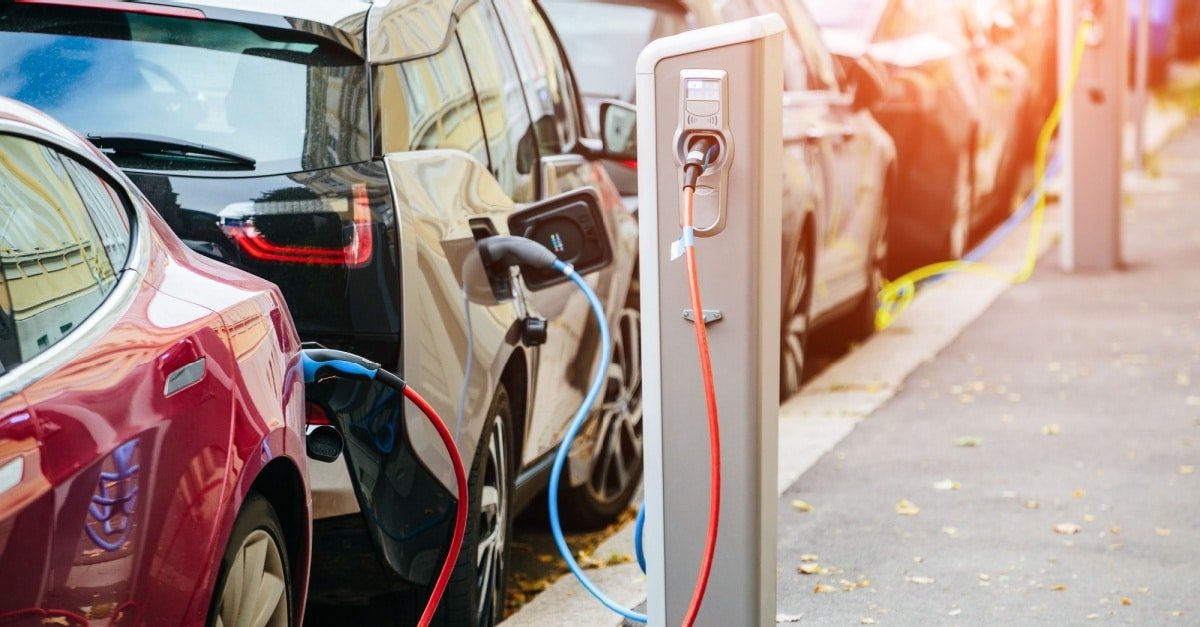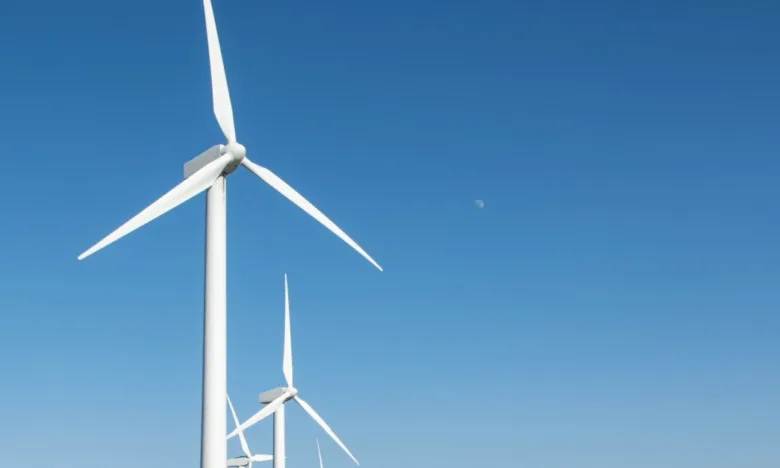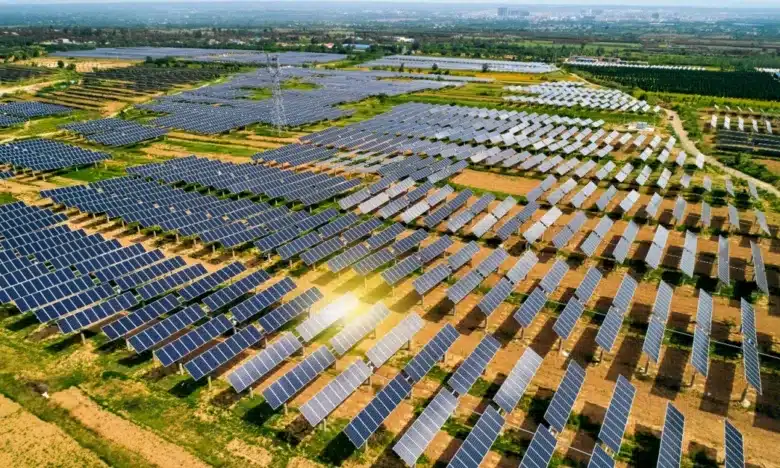
EV Boom Sparks Energy Supply Concerns
- June 9, 2025
Electric vehicles (EVs) are going mainstream around the world, with more than one in four cars sold globally this year expected to be electric, according to the International Energy Agency (IEA). Global EV sales are on pace to top 20 million in 2025, marking another strong year of growth.
Though the global economy isn’t in top gear, EV sales are racing ahead. In 2024, over 17 million electric cars hit the roads, marking a 25% increase from the previous year. By early 2025, sales were already up 35% year-on-year, with major markets clocking record-breaking first-quarter numbers.
Affordability plays a big role in driving EV adoption. As battery prices dropped and competition heated up, the global average price of electric cars fell in 2024. In China, where the market is booming, two out of three EVs sold were cheaper than their gas-powered counterparts.
(Also read: Powering the Shift: SM Prime Rolls Out More EV Charging Stations)
The EV outlook for the PH
In Southeast Asia, governments are rolling out new trade and manufacturing policies to ease EV imports while laying the groundwork for homegrown production. Many of these moves come hand-in-hand with efforts to boost local adoption through supportive measures and incentives.
For instance, the Philippines, Vietnam, and Singapore have introduced measures like reduced import duties, tax breaks, and EV sales targets—all aimed at speeding up EV adoption across the region. As a result, EVs are set to capture a quarter of all car sales in Southeast Asia by 2030.
Rommel Gutierrez, president of the Chamber of Automotive Manufacturers of the Philippines (Campi), estimates that EVs will make up about 4% of the country’s projected 500,000 vehicle purchases in 2025. EV sales are expected to rise by 7% this year, reaching a milestone of 20,000 units.
Campi reports that EV sales in the Philippines—including hybrids, plug-in hybrids, and fully electric models—have been steadily climbing year after year.
“The growth of EV sales is expected to track overall industry sales growth, driven by increasing consumer adoption, supportive government policies, expanding charging infrastructure, and entry of more players,” explained Gutierrez.
When it comes to EV charging facilities, the Department of Energy (DoE) reported that as of March 31 this year, the Philippines has 912 public charging stations up and running nationwide, with the majority concentrated in the National Capital Region (NCR).
The agency has set an ambitious target to roll out 7,300 EV charging stations across the country by 2028. “By combining infrastructure development with public engagement, we can accelerate the transition to EVs and build a cleaner, more sustainable transportation sector,” stated Energy Utilization Management Bureau Director Patrick Aquino.
Pro-EV measures include the extension of the zero-tariff policy on EVs and parts until 2028—initially approved in 2023—to help boost market growth. The policy now covers hybrids, e-motorcycles, and e-bikes.
Meanwhile, the Electric Vehicle Industry Development Act (EVIDA) mandates a 5% EV fleet quota for government agencies and companies, alongside consumer incentives to drive adoption.
(Also read: Why Coal Remains Essential for Energy Security)
Can the grid handle the EV boom?
DoE Undersecretary Rowena Cristina Guevara noted that the Philippines’ EV market is picking up pace. “If you compare EV sales from last year to this year, I think they either doubled or tripled,” she said. “Growth was slow, but it’s getting there.”
However, an increase in EVs leads to greater electricity consumption. Columnist Bienvenido Oplas Jr. raised concerns over the country’s ability to meet surging energy demands as it ramped up its push for renewable energy. While around 14,000 megawatts (MW) of additional capacity are expected to go online by 2030, he argued that capacity alone didn’t guarantee reliability.
He pointed out that a significant part of this expansion came from intermittent sources like solar and wind—set to add 3,378 MW and 1,234 MW respectively from 2023-2028. “Not all megawatts are the same,” he stated. “Conventional thermal power plants have higher energy density, reliability and capacity factor (CF) per MW than conventional renewables such as hydro and geothermal energy, and intermittent renewables such as solar, wind and biomass.”
Oplas warned that if the country continued to lean heavily on low-density renewables without investing in stable backup sources, it risked a power shortfall in the near future. Such a deficit could lead to blackouts, potentially dampening investor confidence and slowing economic progress.
“So the Philippine Energy Plan can’t ensure energy security,” he wrote. “The proposed PEP will not assure energy security for the Philippines.”
Meanwhile, Den Somera, in his opinion column, shared a similar perspective, arguing that fossil fuels have long been the backbone of societal advancement. “It literally enabled society to meet the primary needs of its populace, including the means to provide the conditions for the people to have the ability to reach their full potential and development,” he wrote.
Somera emphasized that coal continues to play a central role, particularly in ASEAN countries. Its affordability, wide availability, and ease of transport and storage have kept it deeply embedded in the region’s energy mix.
He also pointed out that coal-fired power plants remain essential as dependable baseload providers, delivering constant electricity to support both households and industries. “Most of all, coal can be used anywhere with the appropriate infrastructure, regardless of time, weather, or location,” he wrote.
Citing a 2024 report from the ASEAN Centre for Energy, Somera stressed that economic growth in the region, including the Philippines, depends on a steady and affordable electricity supply. The report warned that shifting away from coal must not come at the cost of rising power prices. As ASEAN economies grow, maintaining stable, low-cost energy remains key to attracting investment and supporting development.
Electricity demand in the Philippines is projected to rise rapidly. “Between 2023 and 2030, electricity consumption is expected to grow six times faster than total energy demand, compared with two times faster in the 2010-2023 period and 1.4 times faster in 2000-2010,” Somera wrote.
This rapid growth is driven by a combination of economic expansion, population growth, and rising electrification, including the emerging shift toward EVs.
Given this trend, a reliable and sufficient energy supply is crucial—something that renewables alone, at their current capacity, cannot yet fully deliver. As Somera noted, “Coal and its cousins, therefore, will remain to be the practical recourse especially when electricity demand is accelerating.”
Sources:
https://www.pna.gov.ph/articles/1247241
https://business.inquirer.net/508320/ev-sales-in-ph-seen-hitting-20000-in-2025
https://www.bworldonline.com/opinion/2024/04/11/587197/philippine-energy-plan-wont-ensure-security
https://mb.com.ph/10/2/2025/evap-pushes-for-stronger-policies-as-ev-sales-surge-in-the-philippines



